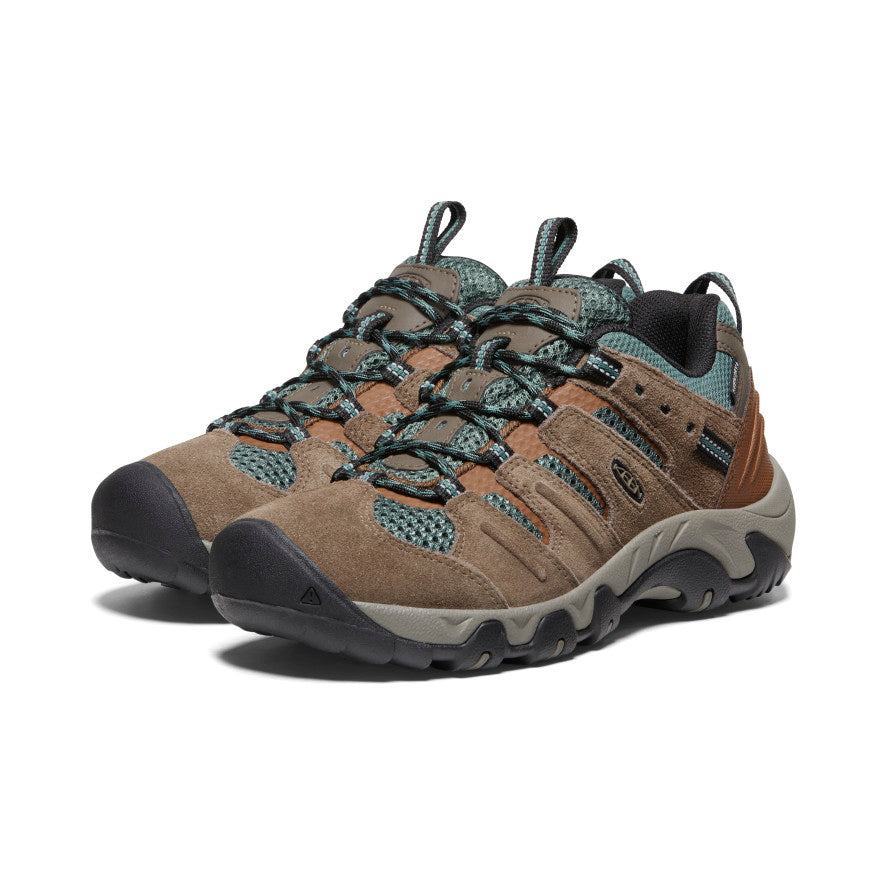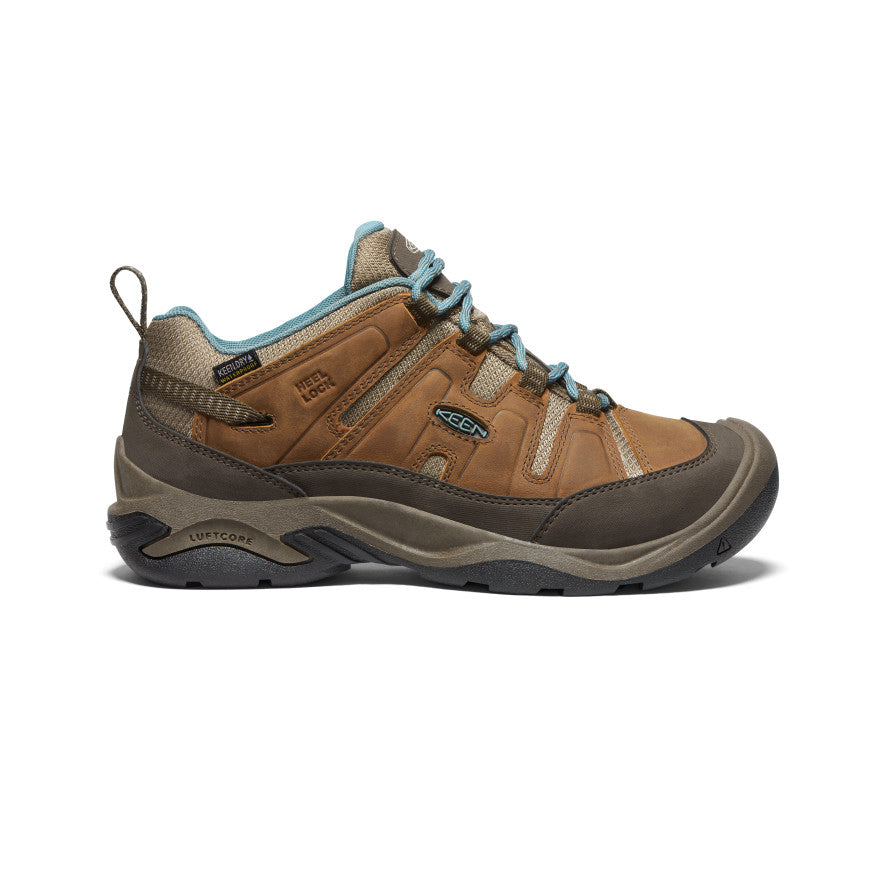The Ultimate Guide to Stylish and Functional Hiking Shoes for Every Explorer
Introduction: The Importance of Choosing the Right Hiking Shoe
Embarking on a hiking adventure is more than just a physical challenge; it’s an opportunity to connect with nature, push personal boundaries, and create lasting memories. However, one of the most critical aspects of ensuring a successful and enjoyable hike is choosing the right hiking shoe. The right pair of hiking shoes can make the difference between a comfortable, invigorating experience and a painful, frustrating one. This guide aims to provide you with a comprehensive understanding of what makes a hiking shoe both stylish and functional, ensuring that you’re well-equipped for any trail.

Understanding the Anatomy of a Hiking Shoe
To truly appreciate the value of a good hiking shoe, it’s essential to understand its components and how they contribute to its functionality. A typical hiking shoe consists of several key parts: the upper, midsole, outsole, and lacing system. The upper is usually made of durable materials like leather or synthetic fabrics, providing protection and support. The midsole offers cushioning and shock absorption, crucial for long hikes on uneven terrain. The outsole, often made of rubber, provides traction and grip, preventing slips and falls. Lastly, the lacing system ensures a snug fit, preventing the foot from moving excessively inside the shoe.

The Upper: Protection and Breathability
The upper part of a hiking shoe is arguably the most visible component, and it plays a significant role in both protection and breathability. High-quality materials like full-grain leather or synthetic mesh are commonly used to construct the upper. Leather uppers offer durability and water resistance, making them ideal for rugged terrains. On the other hand, synthetic mesh uppers provide lightweight breathability, perfect for warmer climates or longer hikes where foot ventilation is crucial.

The Midsole: Cushioning and Support
The midsole of a hiking shoe is where the magic happens in terms of cushioning and support. Advanced technologies like EVA (Ethylene Vinyl Acetate) and polyurethane are often used to create midsoles that offer both comfort and durability. EVA is known for its lightweight and shock-absorbing properties, making it a popular choice for long-distance hikers. Polyurethane, while heavier, provides superior support and longevity, making it ideal for more challenging terrains.
Choosing the Right Hiking Shoe for Your Needs
With so many options available, selecting the right hiking shoe can be overwhelming. However, by considering a few key factors, you can make an informed decision that aligns with your hiking goals. First, consider the type of terrain you’ll be traversing. For rocky, uneven paths, a sturdier, more supportive shoe is essential. For flatter, well-maintained trails, a lighter, more flexible shoe might be sufficient. Second, think about the climate. If you’re hiking in wet conditions, look for a shoe with good water resistance. In contrast, if you’re hiking in hot, dry climates, prioritize breathability. Lastly, consider your personal preferences, such as fit, weight, and style.

Lightweight vs. Heavy-Duty Hiking Shoes
One of the most significant decisions you’ll make when choosing a hiking shoe is whether to go for a lightweight or heavy-duty option. Lightweight hiking shoes are ideal for fastpacking, trail running, or shorter hikes where speed and agility are priorities. They are typically made from lighter materials and offer less support, making them less suitable for rugged terrain. On the other hand, heavy-duty hiking shoes are built for durability and support, making them perfect for multi-day hikes, backpacking, or challenging terrains. They often feature reinforced midsoles, waterproof materials, and more robust outsoles.

Waterproof vs. Breathable Hiking Shoes
Another critical consideration is whether to opt for waterproof or breathable hiking shoes. Waterproof shoes are essential for wet conditions, providing protection against rain, snow, and streams. They often feature Gore-Tex or similar technologies that seal out water while allowing some moisture to escape. However, this comes at the cost of breathability, which can be a drawback in hot climates. Breathable hiking shoes, on the other hand, prioritize ventilation, keeping your feet cool and dry in warm conditions. They are typically made from mesh materials that allow air to circulate, but they may not offer the same level of water resistance.

Tips for Maintaining Your Hiking Shoes
Proper maintenance of your hiking shoes is crucial for ensuring their longevity and performance. After each hike, it’s important to clean your shoes thoroughly, removing dirt, mud, and debris. Use a soft brush and mild soap to avoid damaging the materials. Allowing your shoes to air dry is preferable, as using heat sources like direct sunlight or a heater can cause the materials to warp or crack. Additionally, consider applying a waterproofing spray periodically to maintain water resistance. Regularly inspect your shoes for signs of wear and tear, such as holes or loose stitching, and address these issues promptly to prevent further damage.

The Role of Fit in Hiking Shoe Performance
Perhaps the most critical factor in ensuring a comfortable and enjoyable hike is the fit of your hiking shoes. A proper fit ensures that your feet are well-supported, reducing the risk of blisters, discomfort, and injury. When trying on hiking shoes, it’s essential to do so in the afternoon, as feet tend to swell throughout the day. Wear the same socks you plan to hike in to get an accurate fit. The shoes should feel snug but not tight, with enough room in the toe box to wiggle your toes. Walk around in the shoes to ensure they feel comfortable and provide adequate support.
Conclusion: Equip Yourself for the Trail
In conclusion, the right hiking shoe is an essential piece of gear for any outdoor enthusiast. By understanding the components of a hiking shoe, considering your specific needs, and maintaining your shoes properly, you can ensure a comfortable and successful hiking experience. Whether you’re a seasoned hiker or a beginner, investing in a high-quality pair of hiking shoes is a decision that will pay off on the trail. So, gear up, hit the trails, and enjoy the adventure that awaits you.

